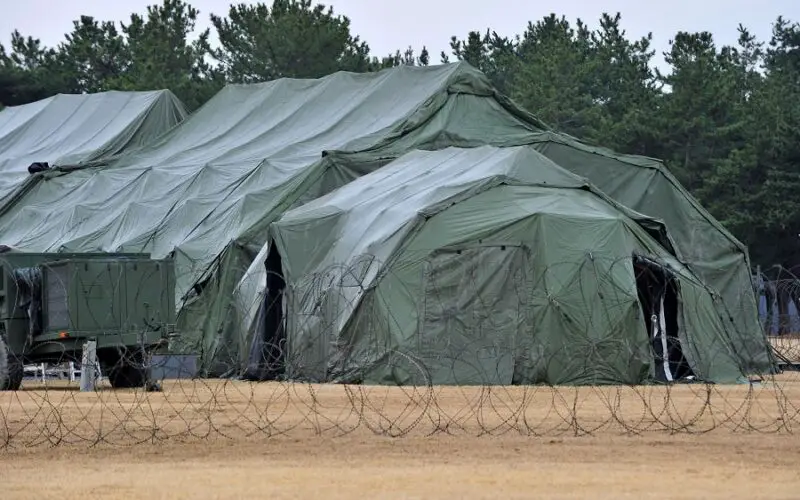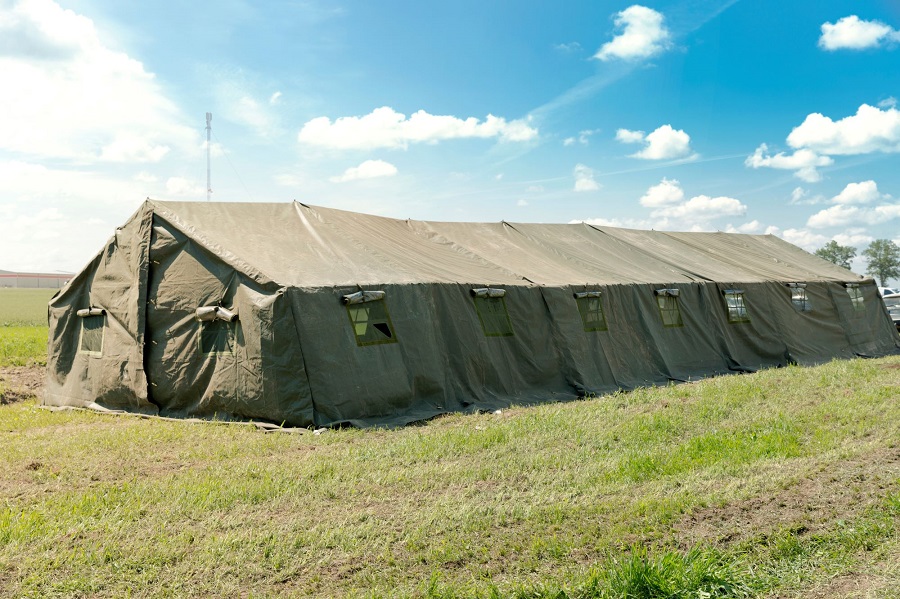Cold Climate Preparedness: How Insulated Shelters Enhance Remote Operations

Insulated shelters, particularly tailored for extreme environments, have become the unsung heroes of remote operations worldwide. Whether providing a haven for researchers in the Arctic or safeguarding equipment in desert explorations, these shelters are indispensable. This article delves into the numerous advantages they offer, emphasizing the importance of their role in ensuring operational efficiency, safety, and sustainability.
1. Thermal Regulation
At the core of the insulated shelter’s utility is its intrinsic capacity for thermal regulation. Insulated fabric shelters, owing to their unique construction, excel in this department. Such shelters are intricately designed to maintain an internal temperature that’s markedly different from the external environment.
In the frosty landscapes of polar regions, for instance, insulation becomes a bulwark against the biting cold, retaining internal warmth and preventing heat loss. Conversely, in the scorching heat of deserts, these shelters reflect excessive heat, ensuring a cooler interior.
Moreover, thermal regulation isn’t just about human comfort. Operations often hinge on equipment and tools that have specific operational temperature ranges. By maintaining a consistent internal environment, insulated shelters guarantee that sensitive apparatus remains functional and reliable.
2. Energy Efficiency
Energy is often at a premium in remote settings. Every watt saved can translate to prolonged operational times or reduced logistical challenges. Insulated shelters are synonymous with energy efficiency.
By drastically reducing the need for heating or cooling appliances, these shelters ensure that energy consumption remains minimal. This efficiency doesn’t only translate to cost savings but also means that operations can be sustained longer with the same energy resources.

3. Protection For Equipment
The remote regions of the planet are not just temperature-extreme but often hostile to sensitive equipment. From the humidity of rainforests to the dust storms of deserts, the challenges are multifarious. Insulated shelters provide an effective barrier against these environmental aggressors.
Besides thermal threats, they guard against humidity, dust, and other potential harm, ensuring that expensive and critical equipment remains shielded from damage. In doing so, they reduce potential downtimes and repair costs, and guarantee uninterrupted operation.
4. Safety And Comfort For Personnel
Beyond equipment, the human component of any operation is invaluable. Harsh environments pose not just operational but significant health challenges. Insulated shelters become sanctuaries in these demanding scenarios. They provide a space where personnel can retreat from the extremes, recuperate, and refocus on their tasks. Such moments of respite can greatly improve morale, reduce the risk of health issues, and enhance the overall productivity of an operation.
5. Weather Resistance
Built for the toughest terrains, modern insulated shelters are designed with robustness in mind. Their construction often incorporates materials and designs that can withstand intense winds, heavy snowfall, torrential rains, and even abrasive sandstorms. This resilience ensures that operations can continue unhindered, irrespective of the environmental challenges thrown their way.
Furthermore, the longevity of these shelters ensures that they remain functional and provide value for extended periods, reducing the frequency of replacements or repairs.
6. Noise Reduction
The cacophony of machinery or the howling winds of a storm can be disruptive to operations. Insulation, besides offering thermal benefits, often doubles up as an effective sound barrier.
By attenuating external noises or the hum of operational machinery, insulated shelters provide a quieter, more conducive environment. This tranquillity aids in clear communication, ensures restful breaks for personnel, and can be especially beneficial for operations that require concentration and precision.
7. Cost-effectiveness In The Long Run
While the initial investment in high-quality insulated shelters might seem steep, their benefits, in the long run, are undeniable. Consider the reduced energy bills, the extended lifespan of equipment due to optimal operating conditions, and fewer interruptions owing to external environmental factors.
When these benefits are quantified over the duration of an operation, the return on investment becomes apparent. Operations can run smoother, with fewer contingencies, thereby maximizing operational budgets.
8. Flexibility
The dynamic nature of remote operations demands adaptability. Many of today’s insulated shelters are modular in design, allowing for alterations as per the evolving needs of an operation.
Whether there’s a need to expand, downsize, or relocate, these shelters can be reconfigured with relative ease. This modularity ensures that as operational demands shift, the infrastructure can adapt without necessitating a complete overhaul.
9. Environmental Impact
In an age where sustainability is paramount, insulated shelters stand out for their green credentials. By inherently being energy-efficient, they reduce the carbon footprint of operations.
Fewer generators running and reduced fuel consumption mean lesser emissions. Operations anchored by insulated shelters can, therefore, claim a reduced environmental impact, aligning with global sustainability goals and, often, organizational eco-commitments.
Wrapping Up
Insulated shelters are more than just protective cocoons in remote regions—they are enablers, allowing operations to thrive in otherwise inhospitable environments. Through a combination of thermal regulation, equipment protection, energy efficiency, and adaptability, they ensure that even in the harshest corners of the planet, human endeavors can proceed with safety, efficiency, and sustainability.
In understanding their value, organizations can better equip themselves for the challenges of remote operations, ensuring success in the most demanding of circumstances.
Author Bio
Eleanor Winter is an environmental scientist with over two decades of experience studying extreme ecosystems, from the vast deserts of Africa to the icy plains of Antarctica. A passionate advocate for sustainable remote operations, she has advised numerous international expeditions on best practices and infrastructure deployment.”











